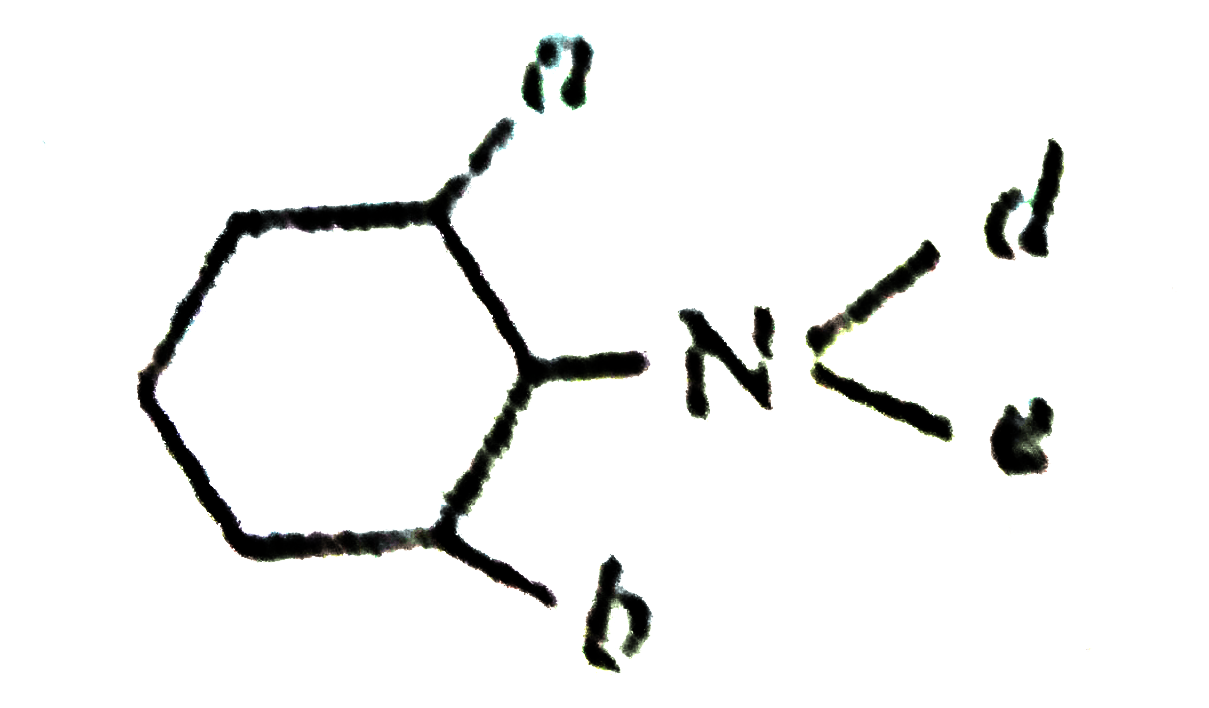
STATEMENT-1: (A) is optically active and (B) is optically inactive.
STATEMENT-2: (A) has a centre of symmetry.
A
Statement-1 is True, Statement-2 is True, Statement-2 is a correct explanation for Statement-1.
B
Statement-1 is True, Statement-2 is True, Statement-2 is NOT a correct explanation for Statement-7
C
Statement-1 is True, Statement-2 is False.
D
Statement-1 is False, Statement-2 is True.
Text Solution
The correct Answer is:d
A is optically inative C.O.S. and B is O inactive.
|
Topper's Solved these Questions
- ISOMERISMBOOK - GRB PUBLICATIONCHAPTER - ISOMERISMEXERCISE - MULTIPLE OBJECTIVE TYPE
71 Videos
- ISOMERISMBOOK - GRB PUBLICATIONCHAPTER - ISOMERISMEXERCISE - COMPREHENSION TYPE
25 Videos
- ISOMERISMBOOK - GRB PUBLICATIONCHAPTER - ISOMERISMEXERCISE - SUBJECTIVE TYPE
67 Videos
- GASEOUS STATEBOOK - GRB PUBLICATIONCHAPTER - GASEOUS STATEEXERCISE - Exercise
530 Videos
- MOLE CONCEPT, STOICHIOMETRY & CONCENTRATION TERMSBOOK - GRB PUBLICATIONCHAPTER - MOLE CONCEPT, STOICHIOMETRY & CONCENTRATION TERMSEXERCISE - Subjective type
145 Videos
Similar Questions
Knowledge Check
Which is optically inactive?
A B
B C
C D
D
Which is optically inactive?
A B
B C
C DNone of these
DNone of theseWhich of the following is optically inactive ?
A B
B C
C Dnone of these
Dnone of these
2-bromobutane is optically active but 1-bromobutane is optically inactive
View Solution(A) Meso tartaric acid is optically inactive.
(R) Meso tataric acid has plane of symmetry.
View SolutionWhy is (±)−butan-2-ol optically inactive ?
View SolutionWhy is Butan-1-ol optically inactive but Butan-2-ol is optically active ?
View SolutionThe optically inactive amino acid is
View Solution
